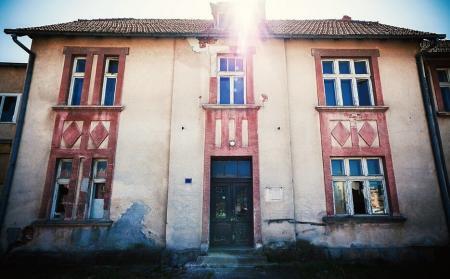UNHYGIENIC and crowded, traditional older-style boarding houses are COVID-19 death traps.
The tenants in these older-style boarding houses have less privacy and fewer regulatory protections than renters of dwellings not classified as boarding houses. Rents in these boarding houses are cheaper with some places charging less than $200 a week.
The average number of residents in each NSW registered boarding house is ten. Almost 1,500 residents (11 per cent) are aged 60 and over out of approximately 13,500.
These are the people that we know of. Not all boarding houses are registered with NSW Fair Trading. This makes it impossible to tell how many boarding houses are operating and if they are operating safely.
During the current COVID-19 pandemic, the combination of older and sometimes less healthy people living in dwellings where they share bathrooms and kitchens is dangerous. Lack of cleanliness makes it even more dangerous.
Generally, people do not live in boarding houses because they want to, but because they have no choice. Affordable housing in Australia continues to be under-supplied.
A research report Fixing Affordable Housing in NSW and Beyond says that by 2036 Australia needs to build over one million affordable and social housing dwellings to fill the current supply gap of housing that Australians can afford.
The report recommends that a national housing plan for Australia be developed, with several innovative policy options suggested to attract investment in affordable housing.
The Australian Government should implement a national housing plan immediately. Australia is desperately lacking affordable housing stock so this issue must be addressed now.
It is outrageous that people living in traditional older-style boarding houses live in such poor conditions that their safety from COVID-19 cannot be ensured.
